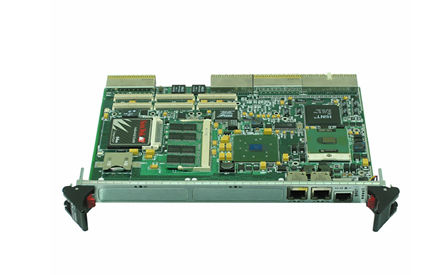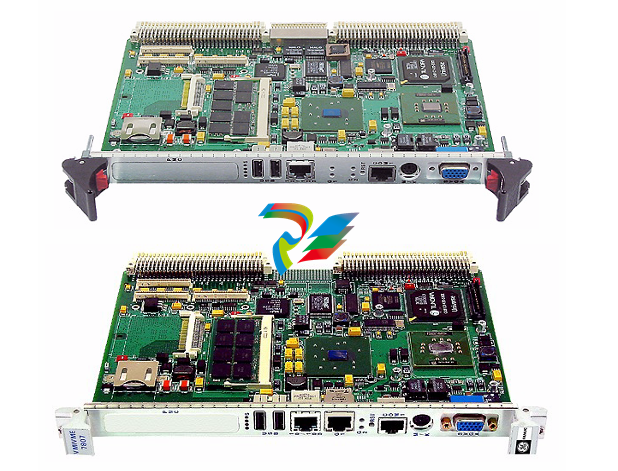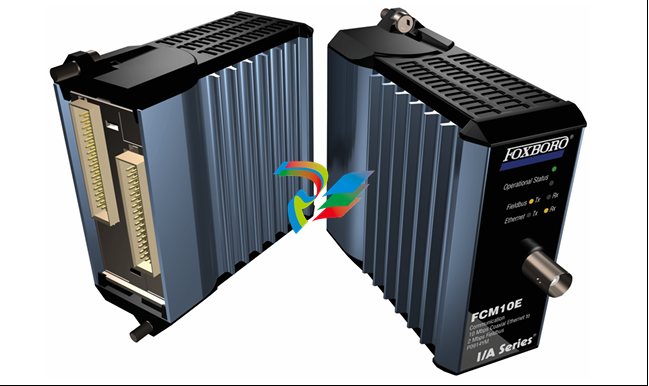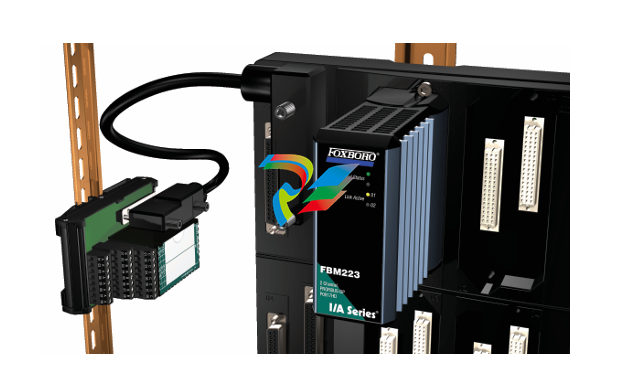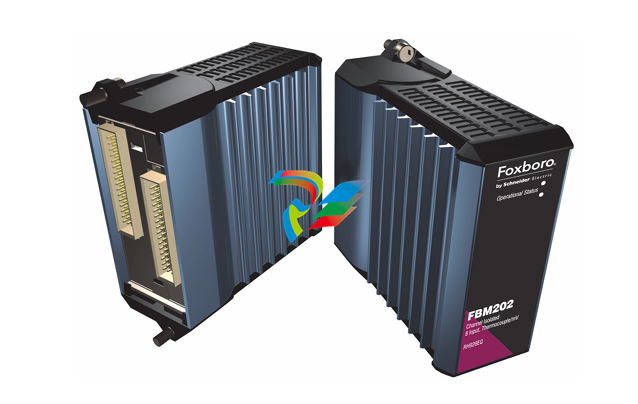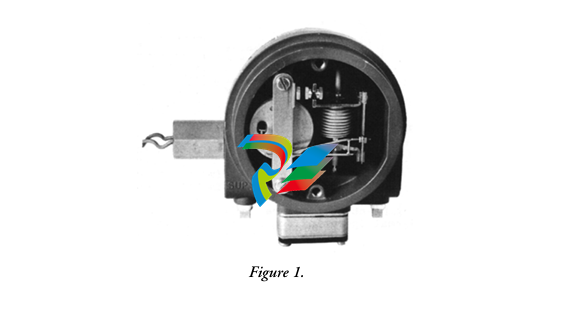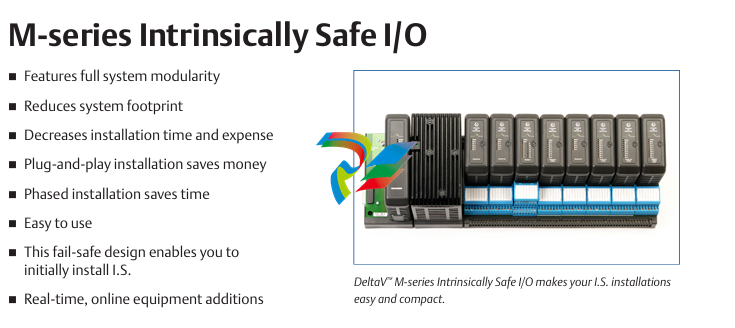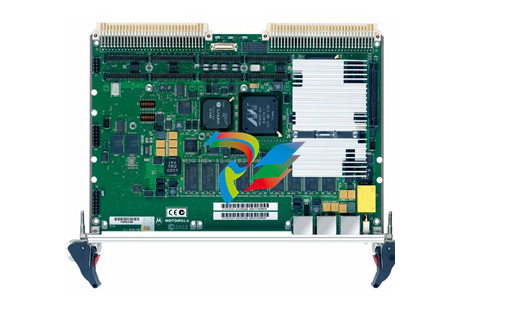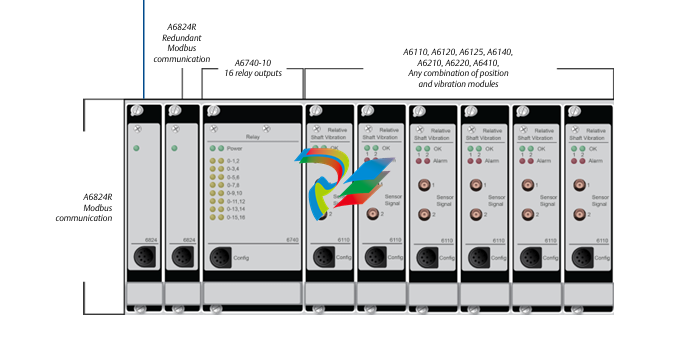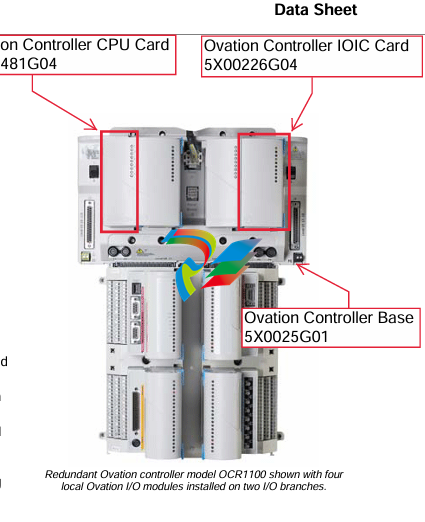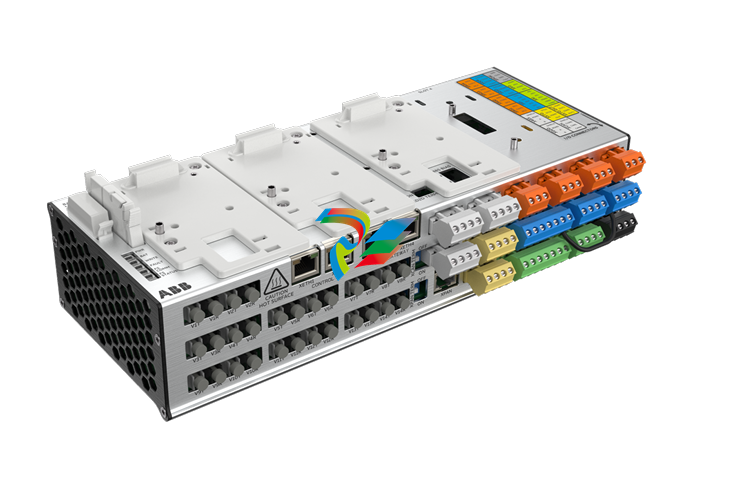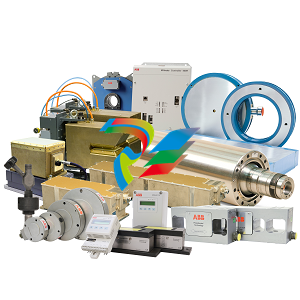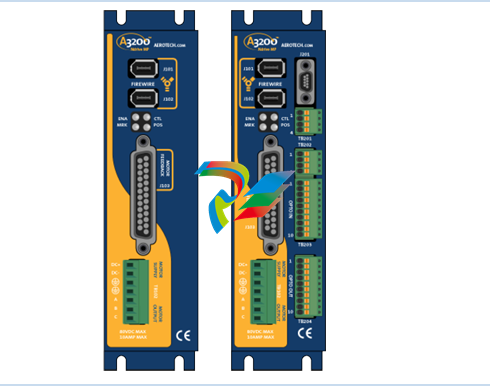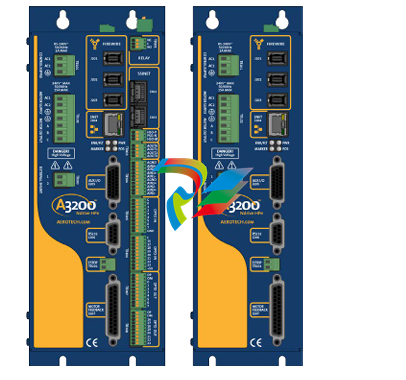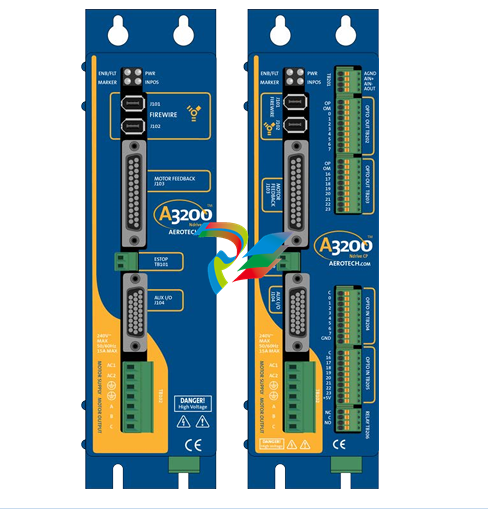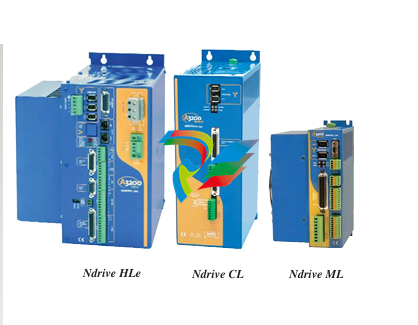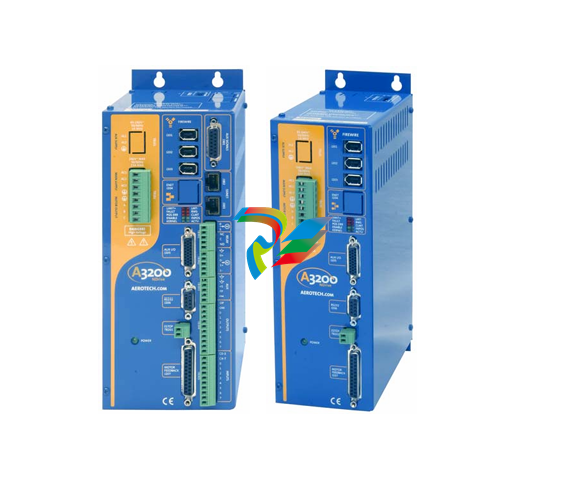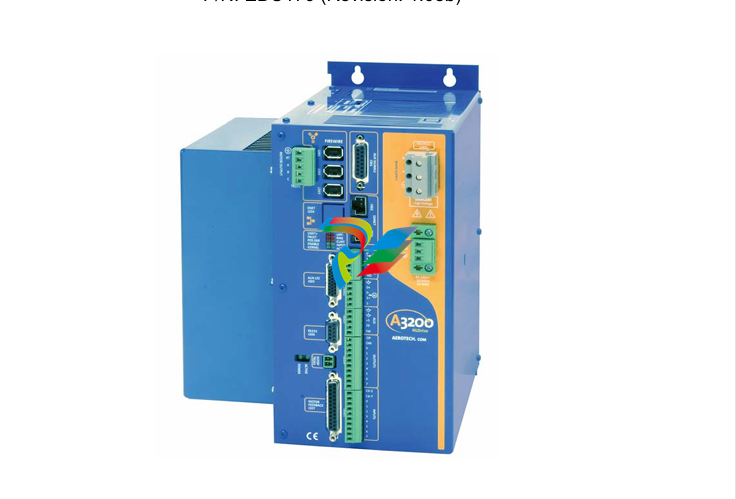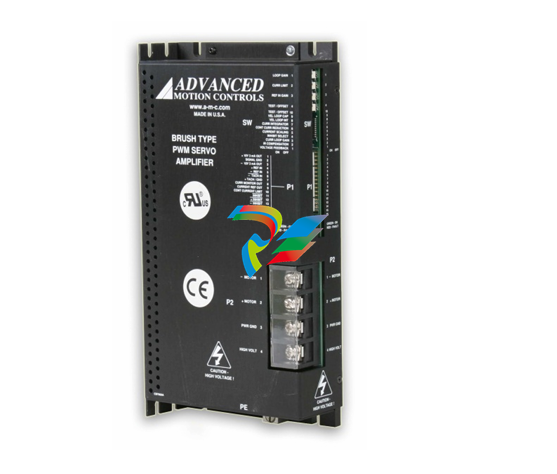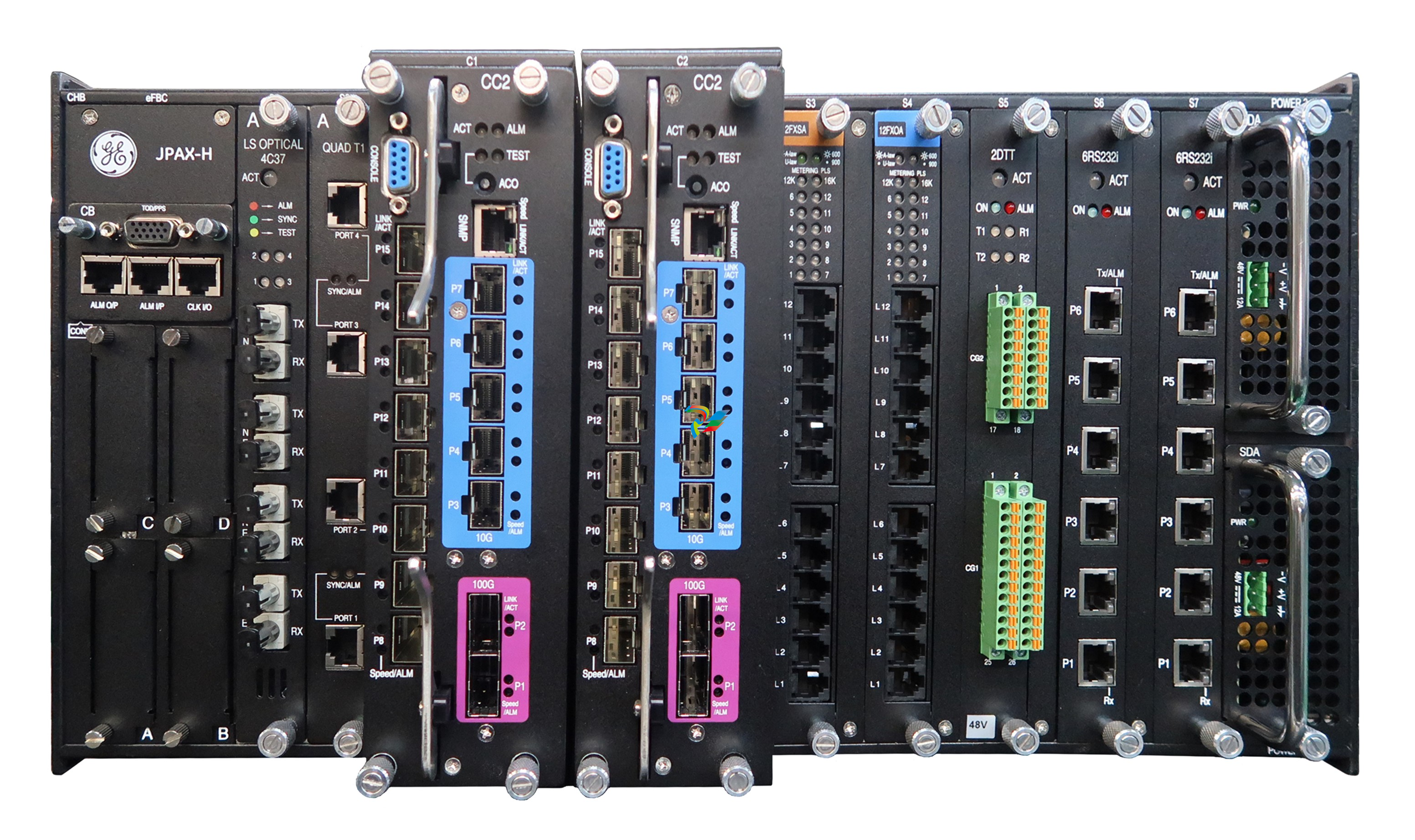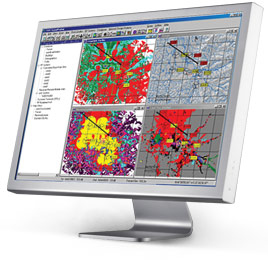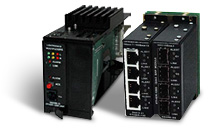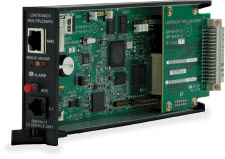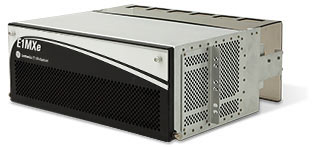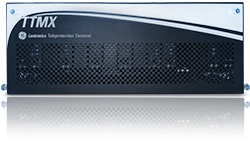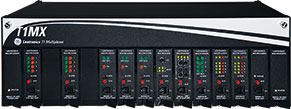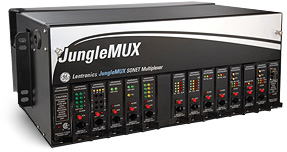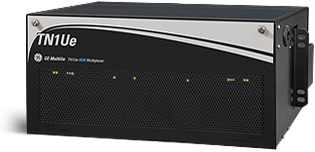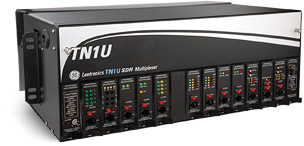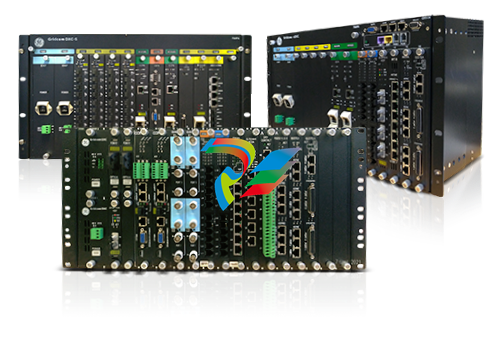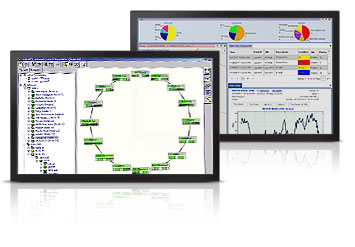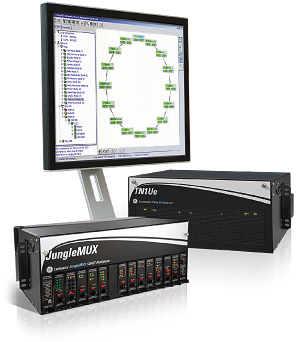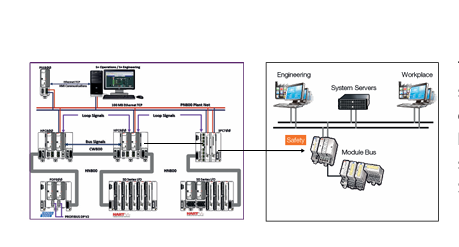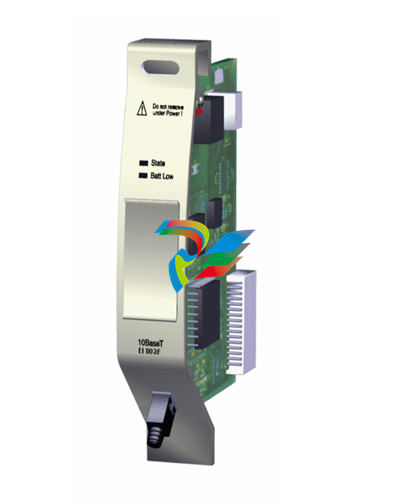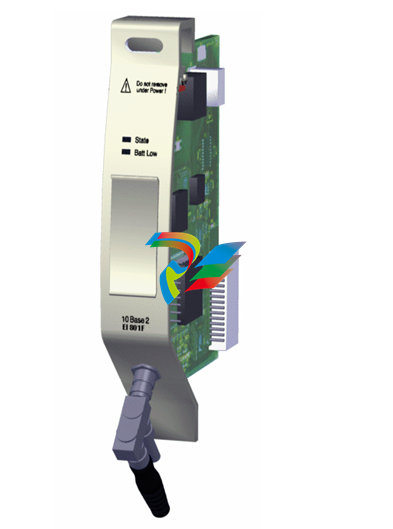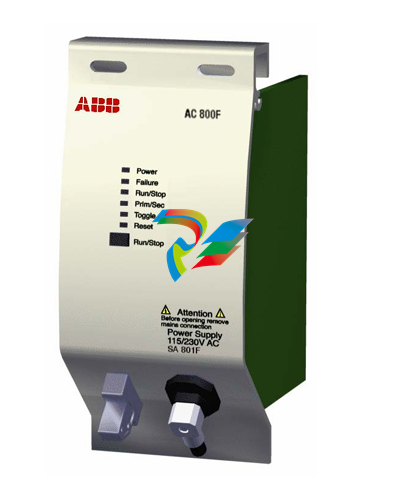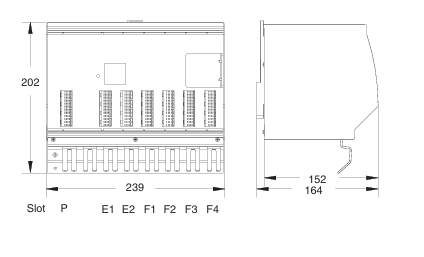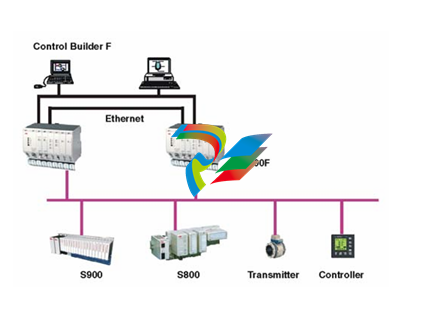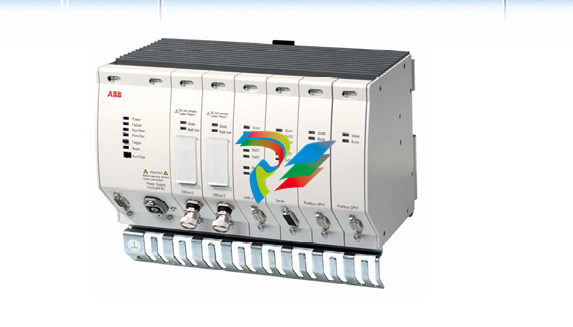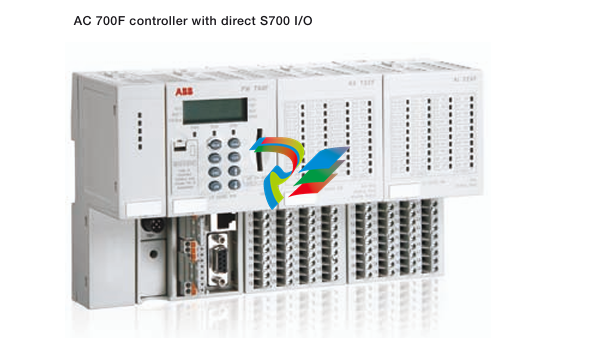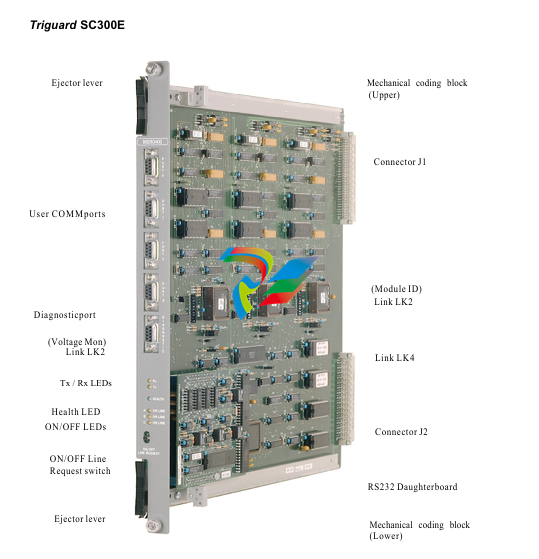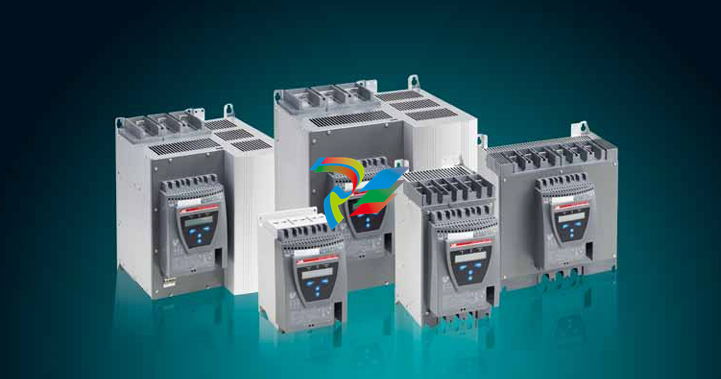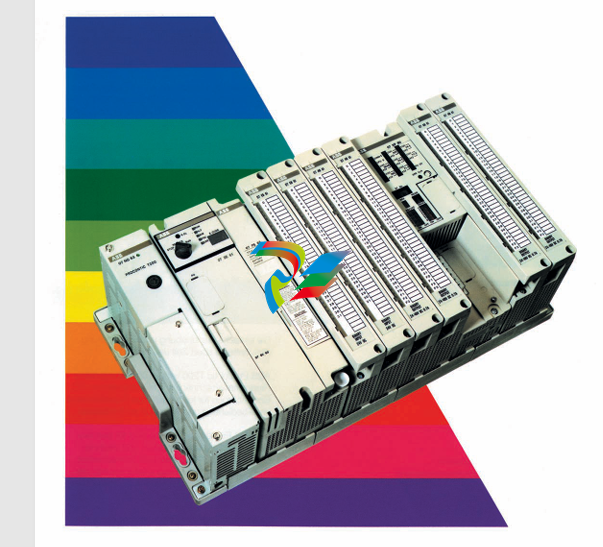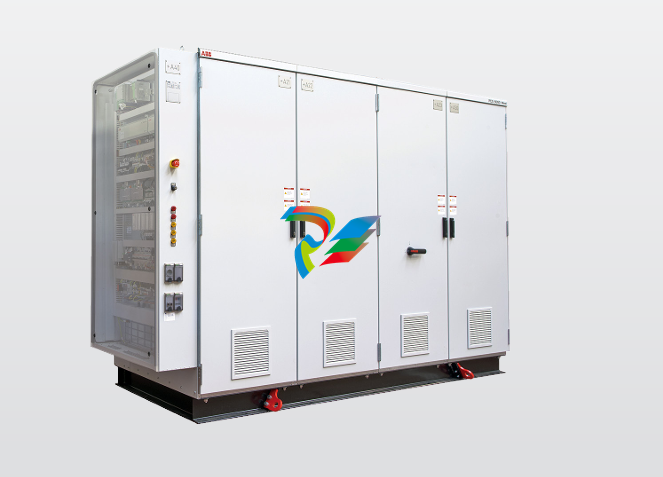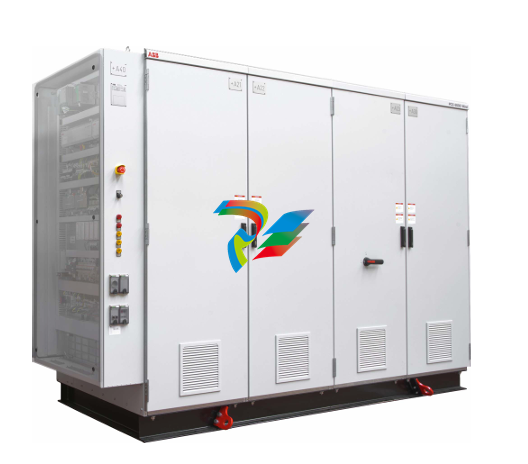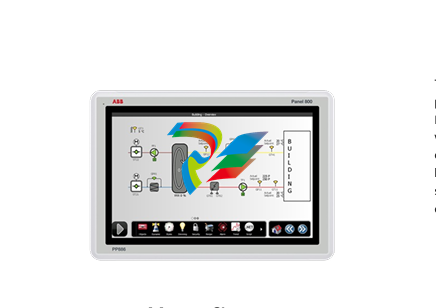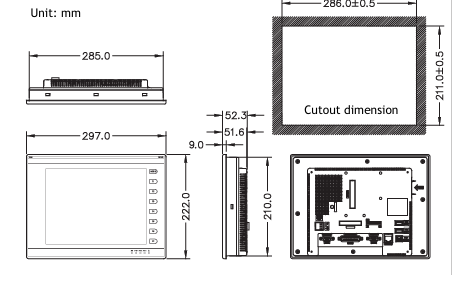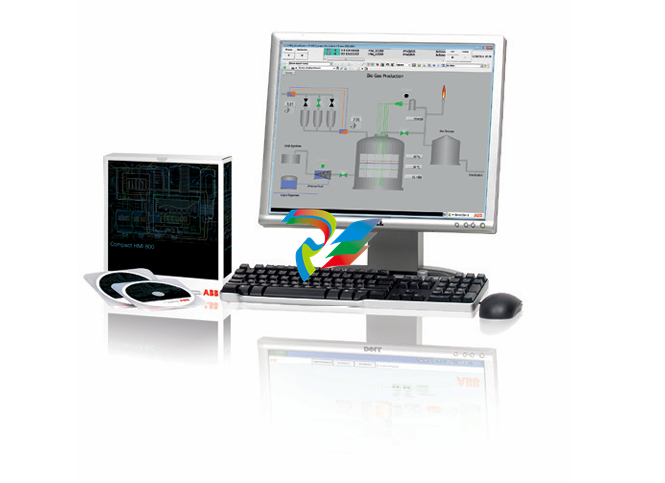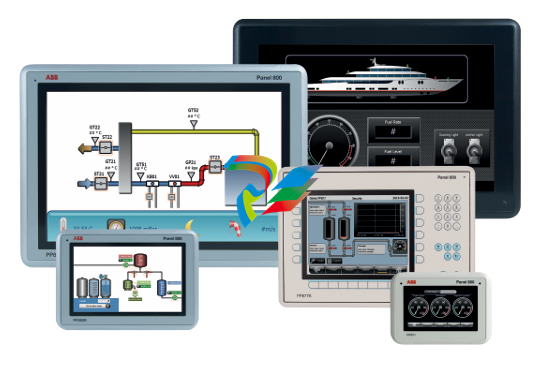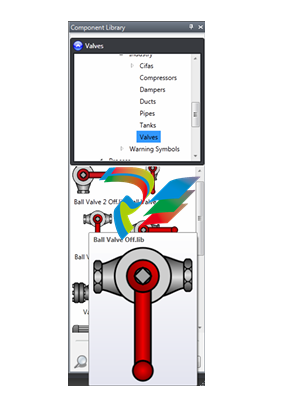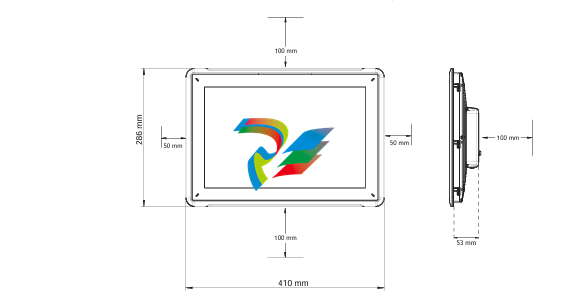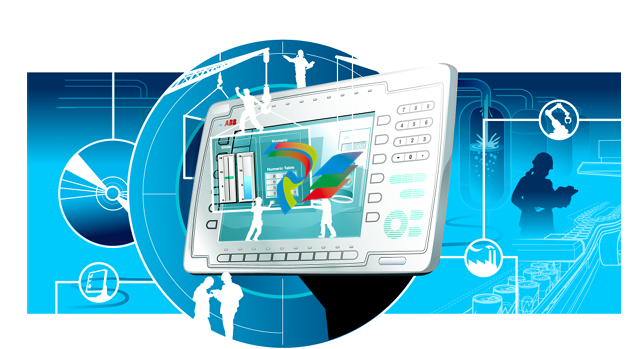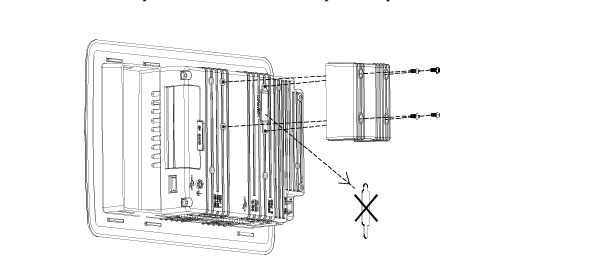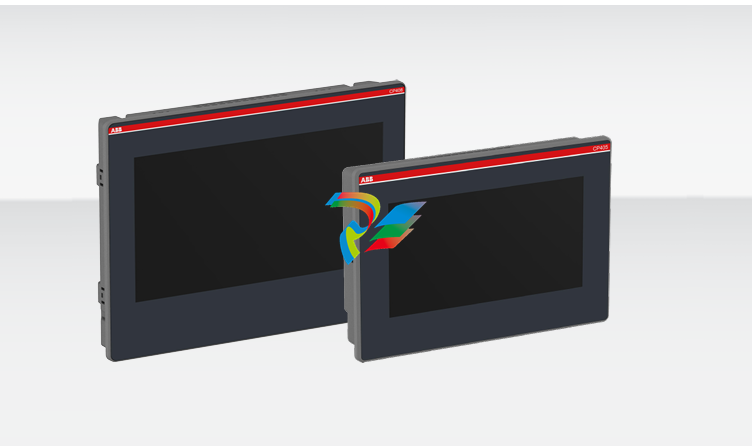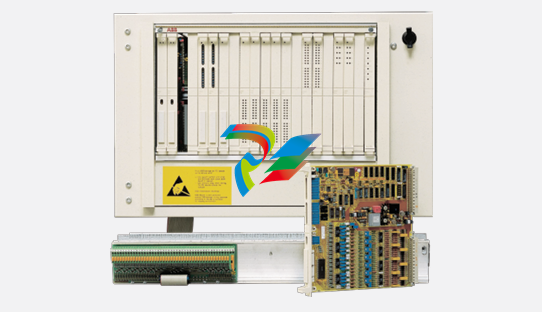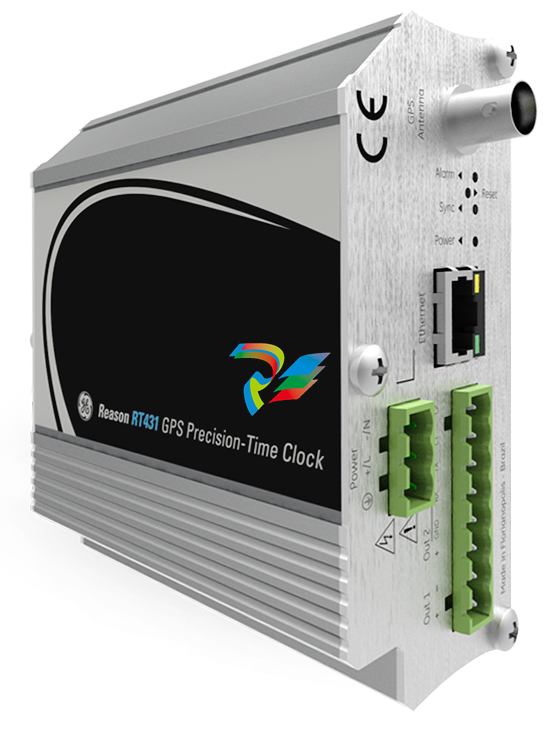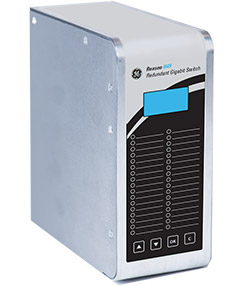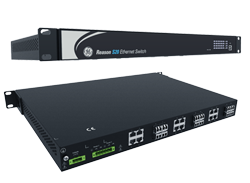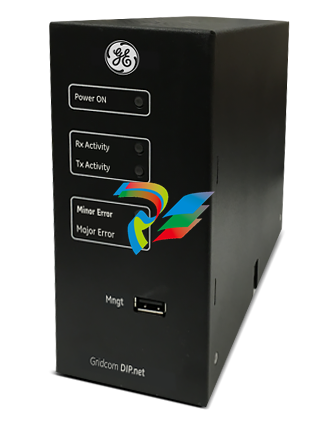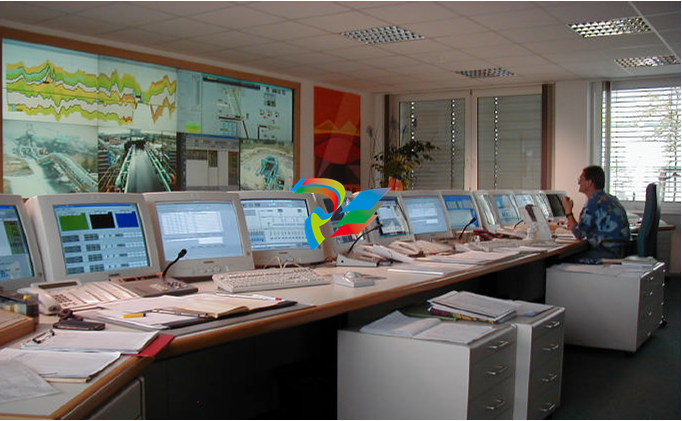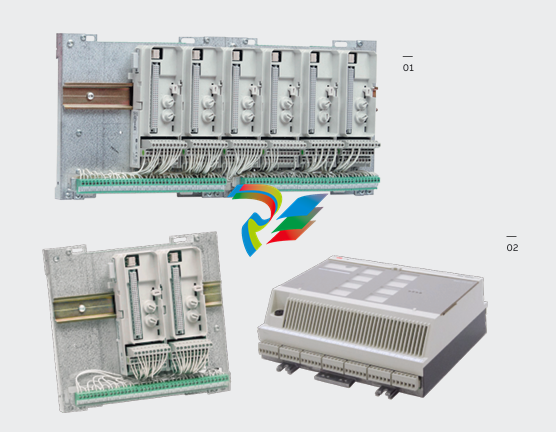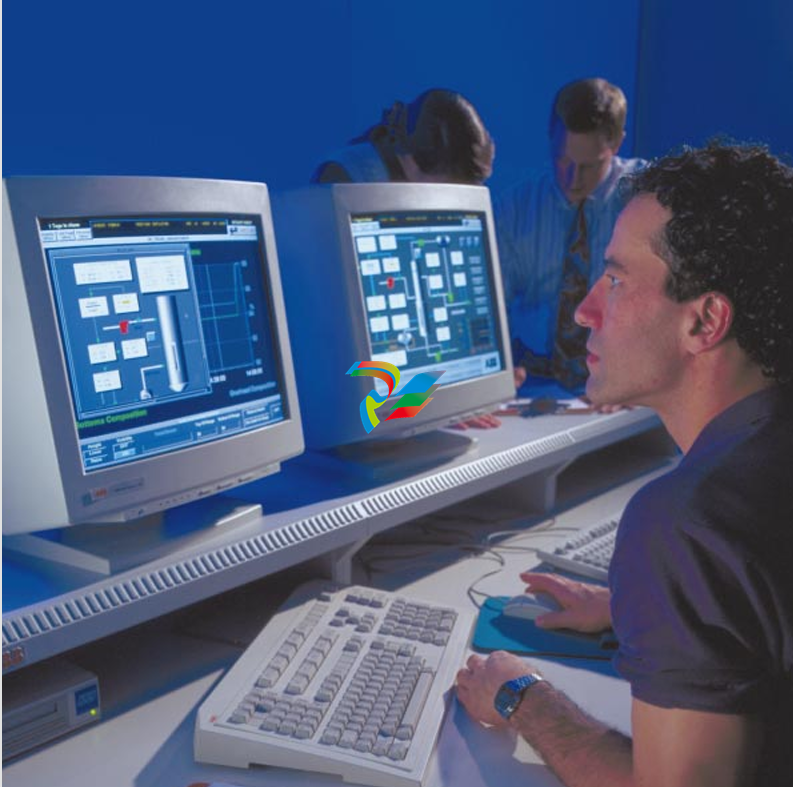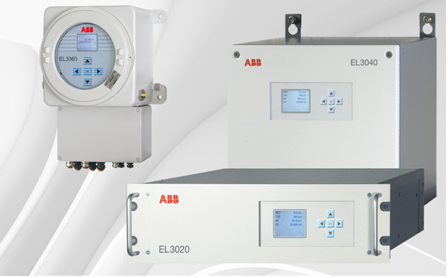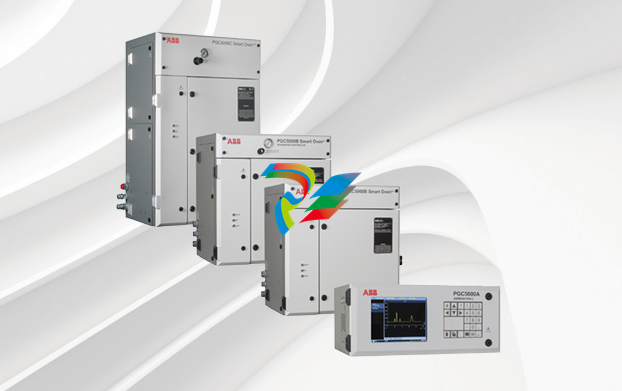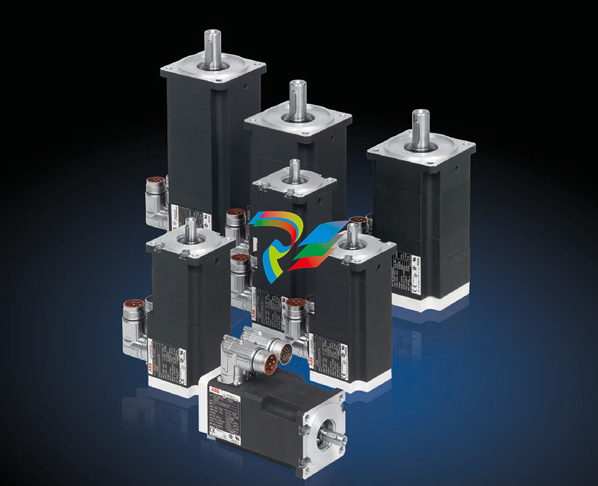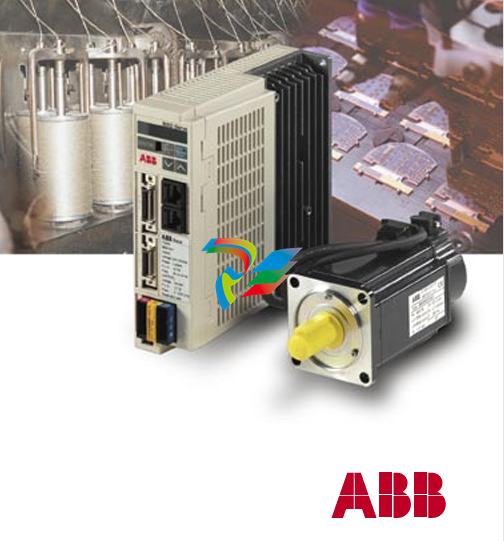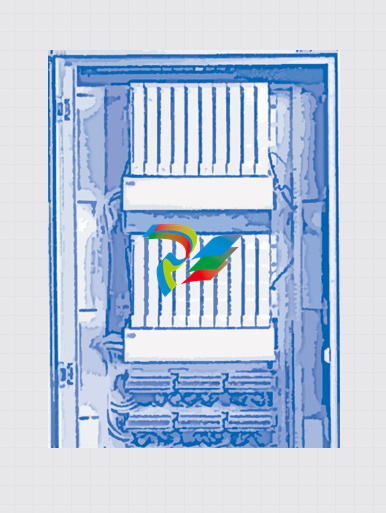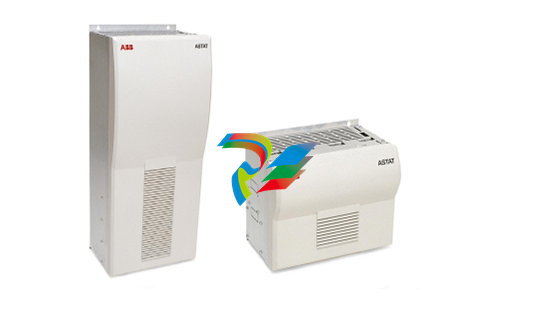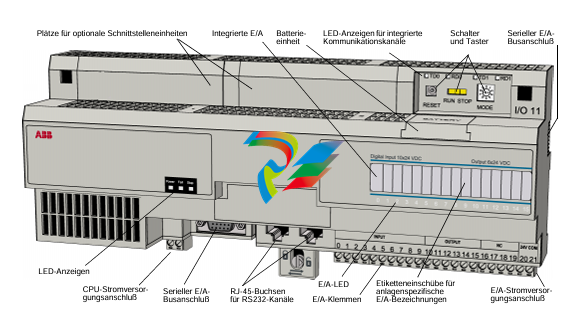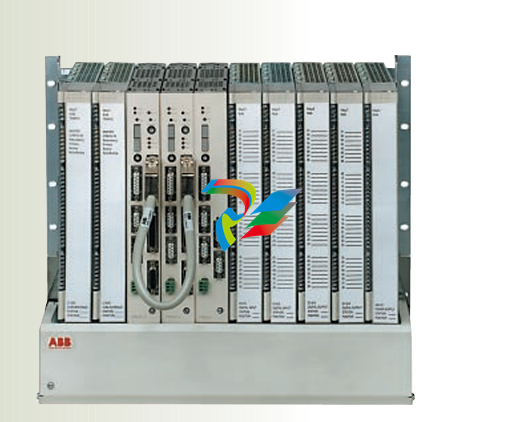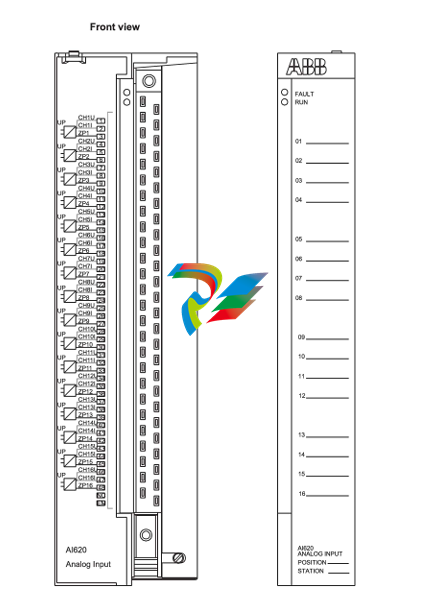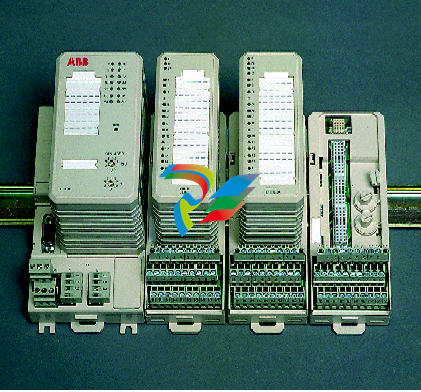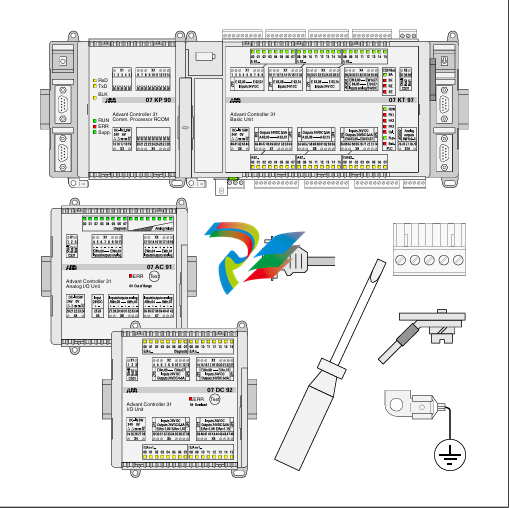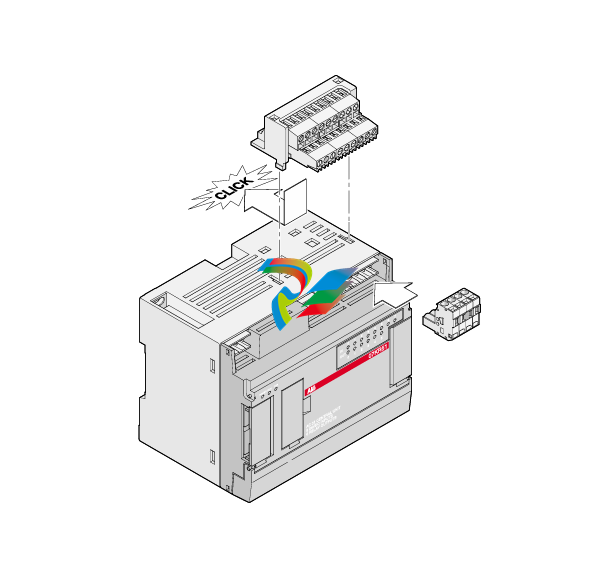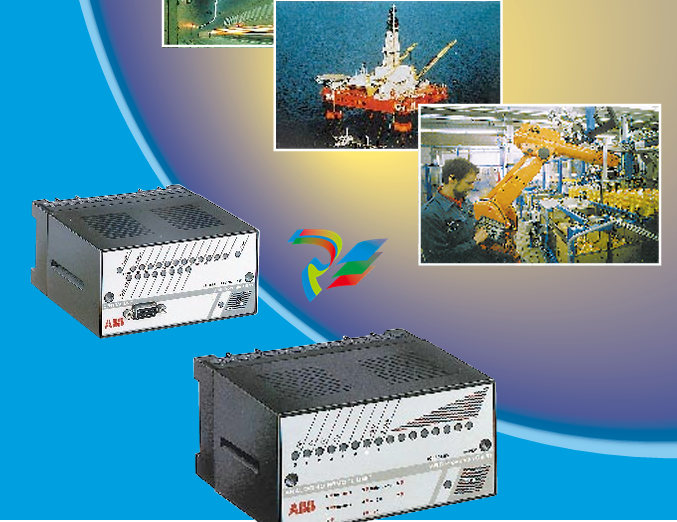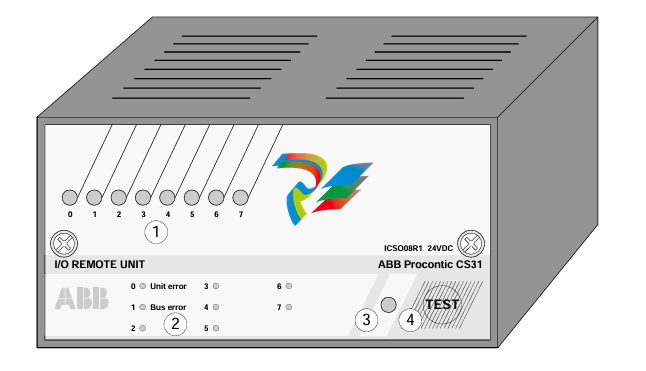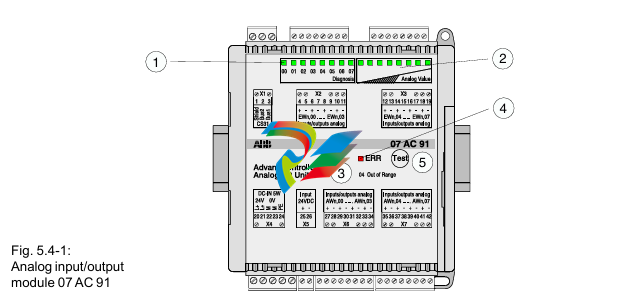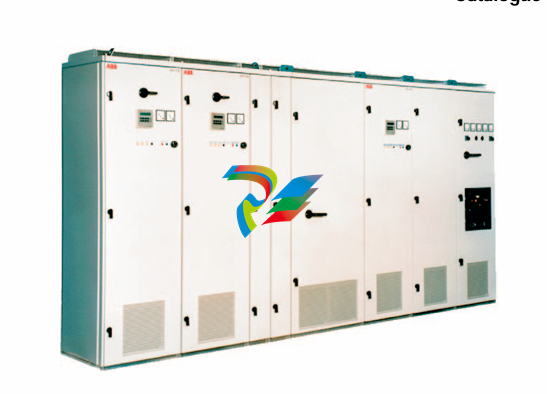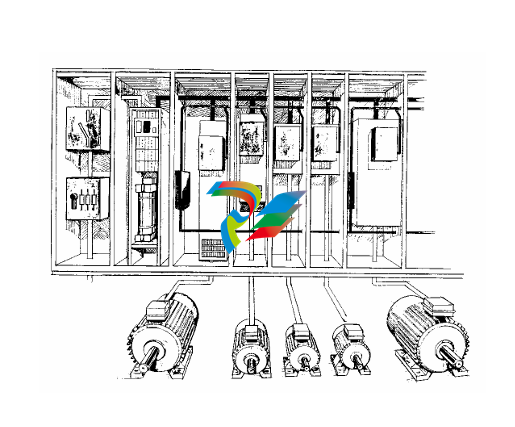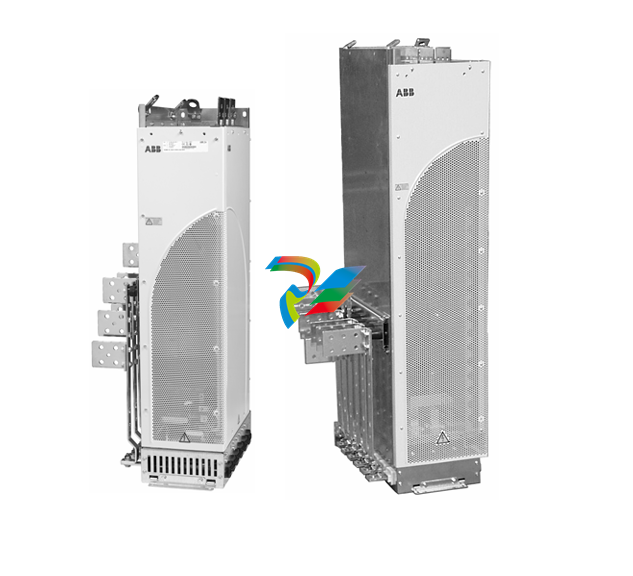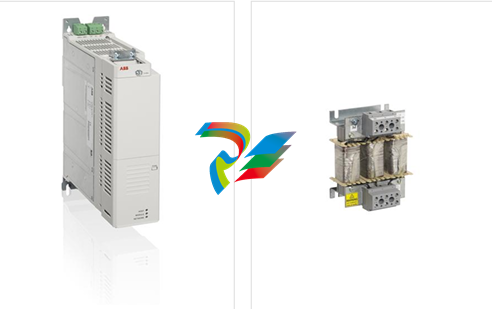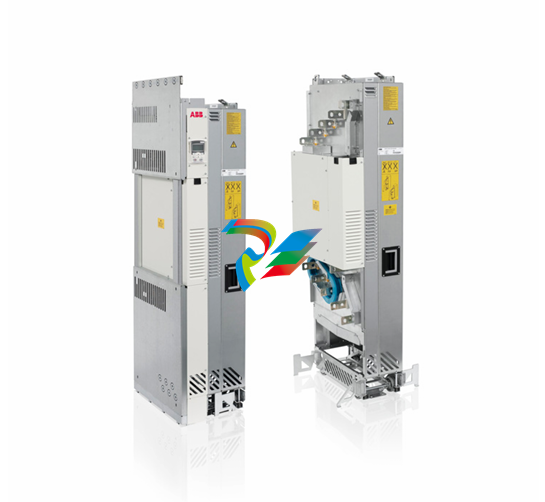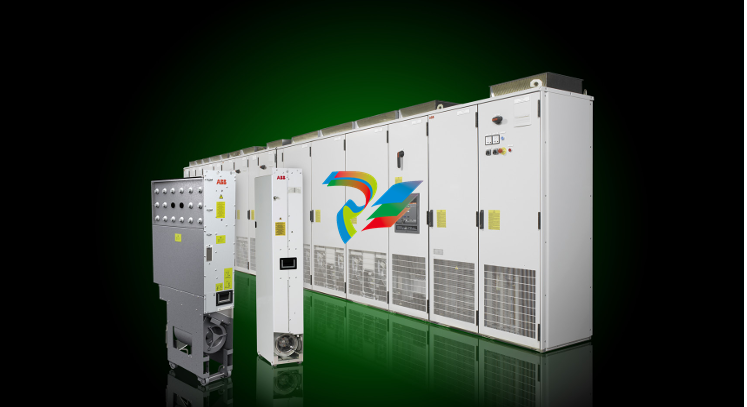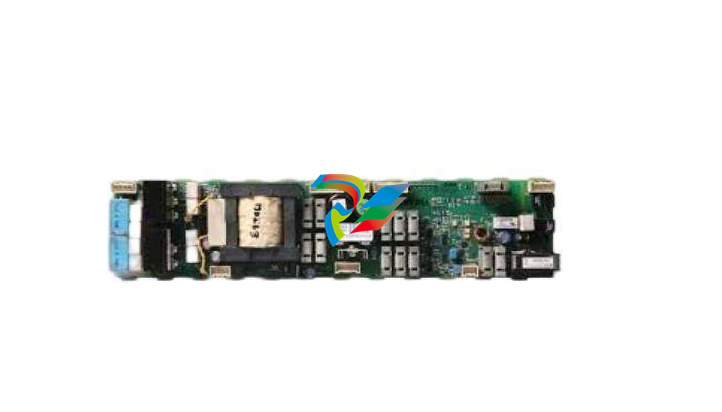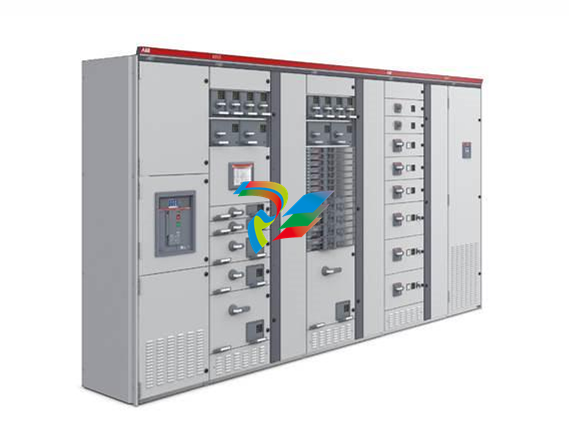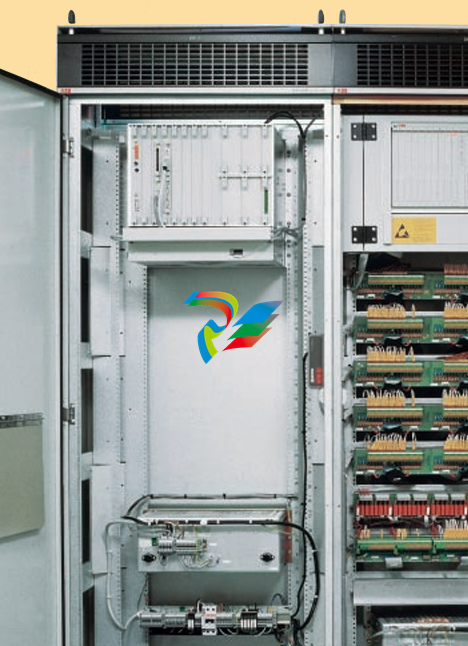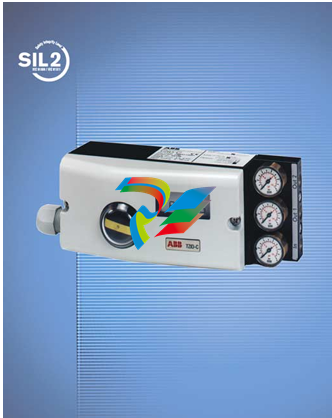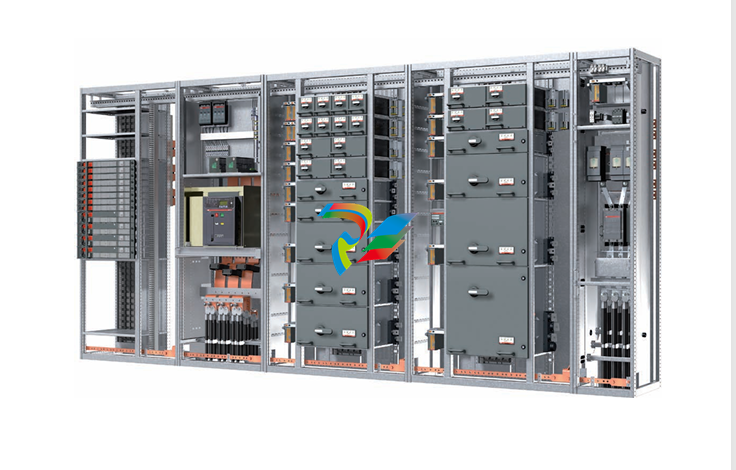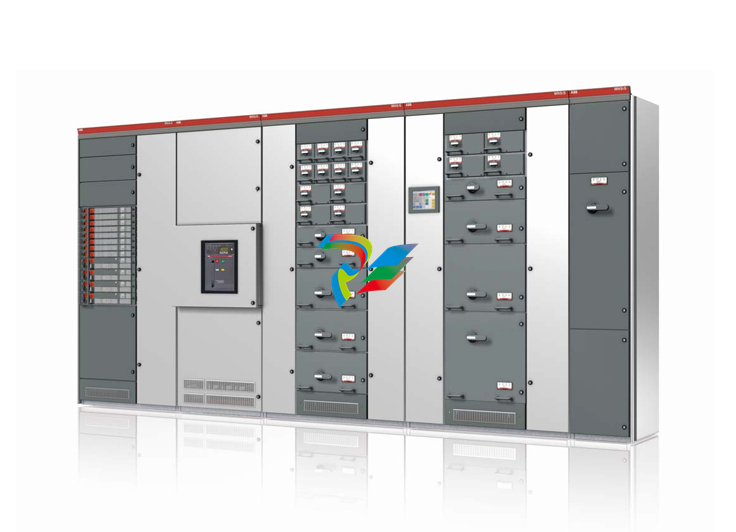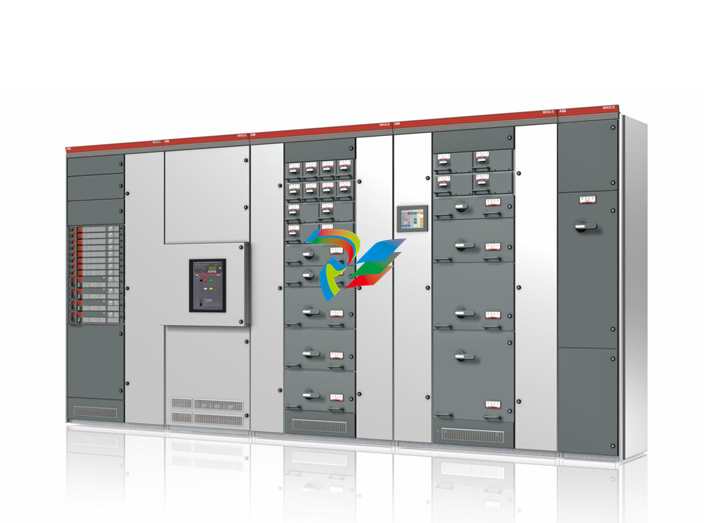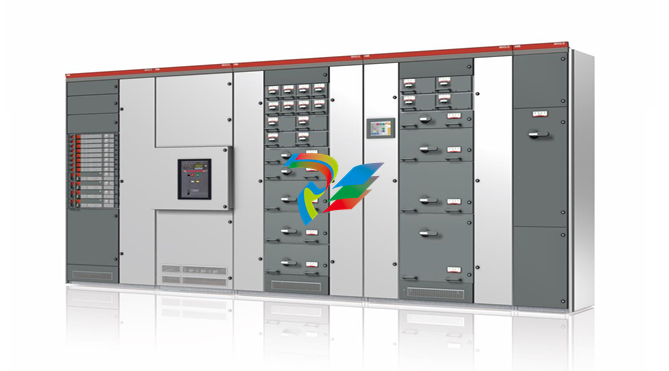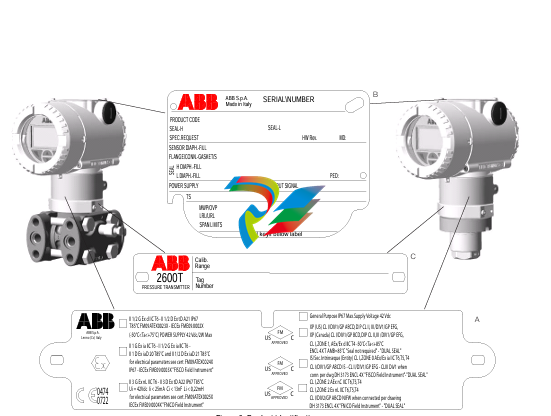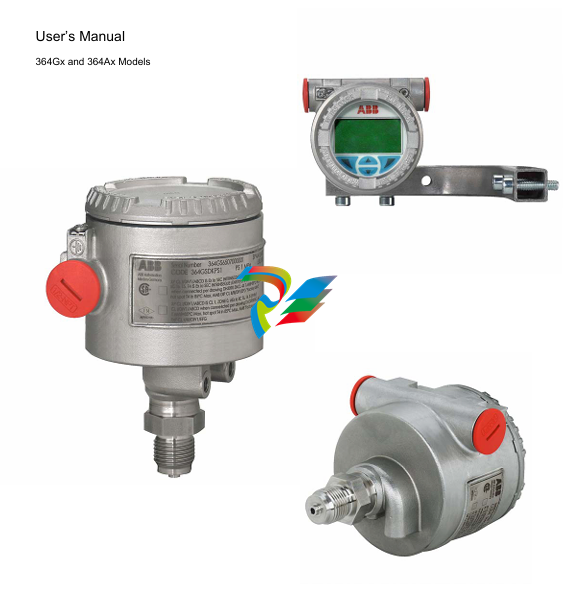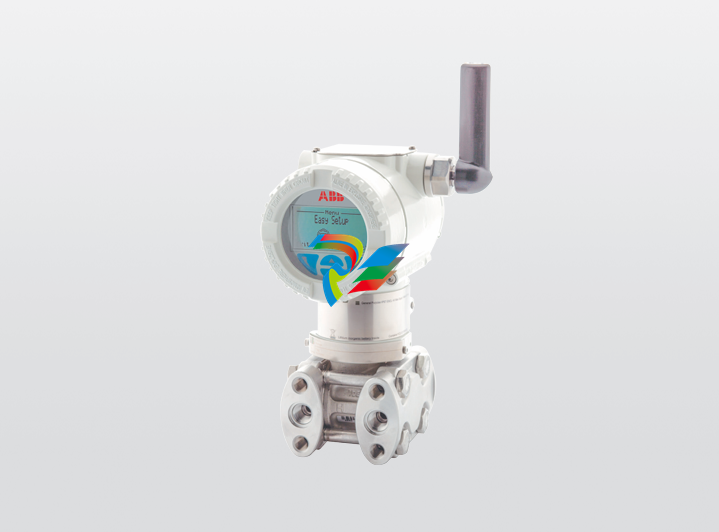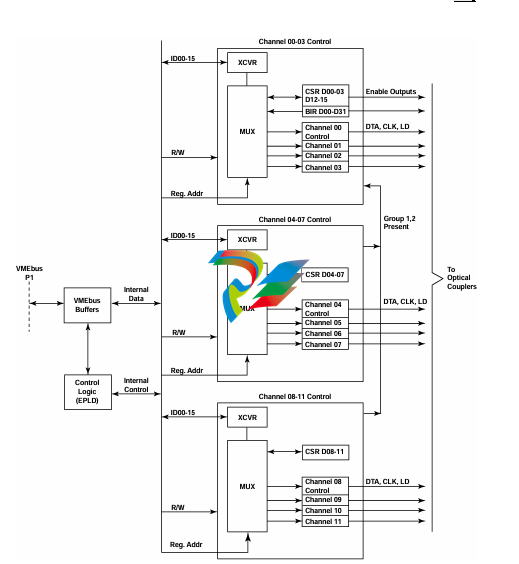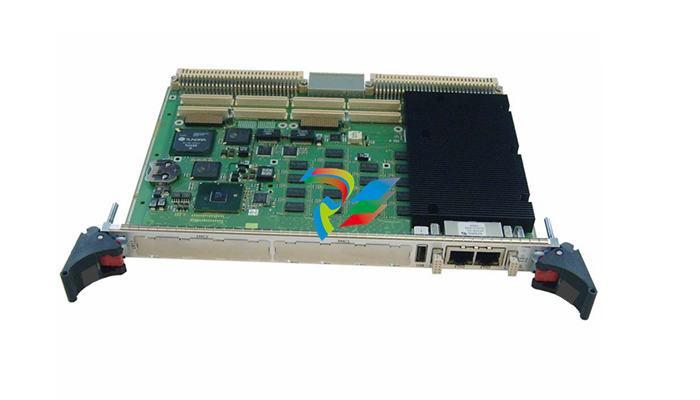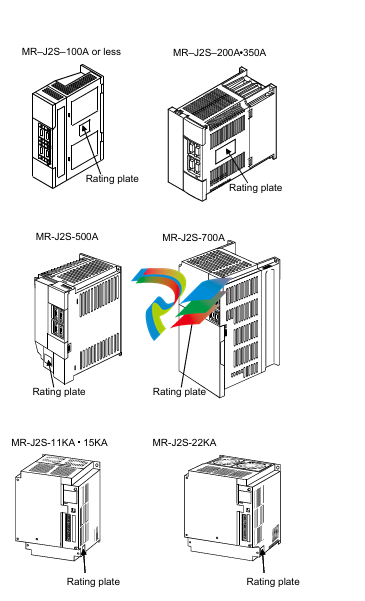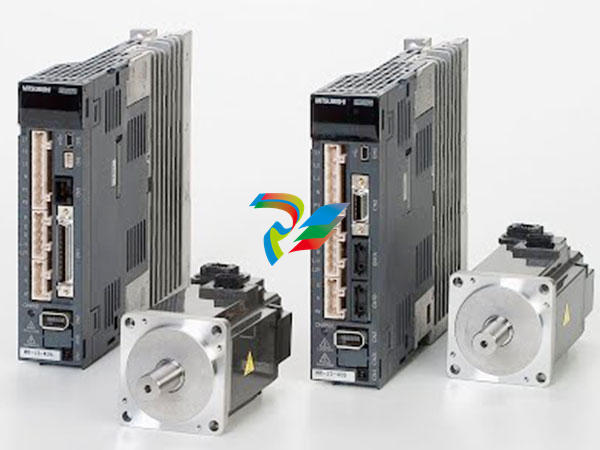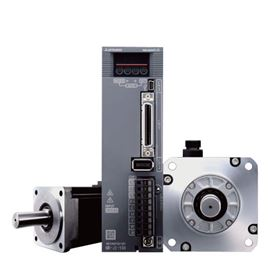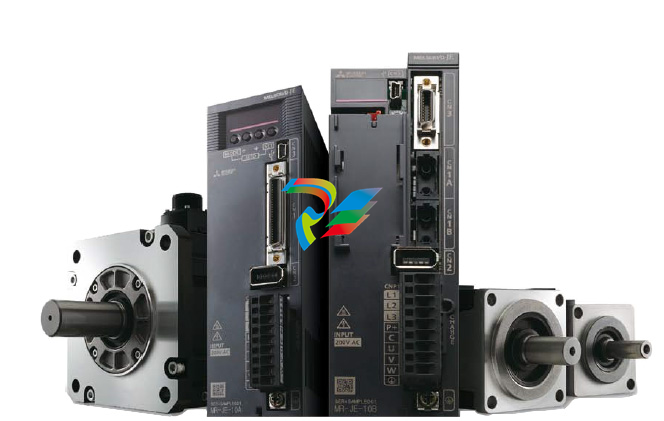
Part Number IS215UCVEM02A Manufacturer General Electric Country of Manufacture As Per GE Manufacturing Policy Series Mark VI/VIe Function Module Availability In StockIS215UCVEM02A is a single-slot board developed by GE. It is a part of Mark VI control system. The board is equipped with secondary 10BaseT/100BaseTX Ethernet ports, providing an additional layer of flexibility and network configuration. This feature allows for the creation of a separate IP logical subnet, enhancing the controller's capabilities in handling diverse networking requirements. Configuring the secondary Ethernet port is a straightforward process facilitated through the toolbox, ensuring adaptability to specific operational needs. KEY FEATURES Dual Ethernet Ports: The inclusion of secondary Ethernet ports enables UCVEM modules to accommodate two distinct IP logical subnets. This dual-port functionality enhances network segmentation and provides a mechanism for efficient management of network traffic. Toolbox Configuration: The configuration of the secondary Ethernet port is seamlessly performed through the toolbox interface. This user-friendly configuration tool empowers operators to set parameters such as IP addresses, subnet masks, and other network-related settings, tailoring the module to the specific requirements of the application. Validation on Power-Up: Each time the rack housing the UCVEM module is powered up, the controller validates its toolbox configuration against the existing hardware. This validation mechanism ensures that the configured settings align with the physical components, promoting system integrity and preventing potential discrepancies between software and hardware configurations. Separate Subnet Addressing: The allocation of a separate subnet address for the secondary Ethernet port is a pivotal aspect of this feature. This distinct addressing scheme allows the controller to uniquely identify and distinguish each Ethernet port. This separation is particularly beneficial in scenarios where isolation of network segments is necessary, ensuring efficient communication and preventing conflicts between devices. BENEFITS Network Segmentation:
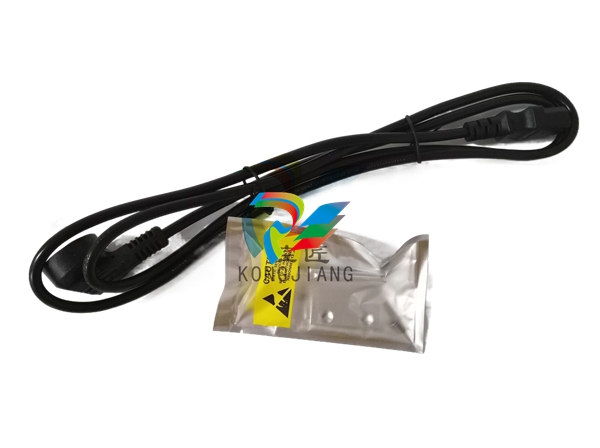
The availability of secondary Ethernet ports supports network segmentation, allowing for the creation of isolated communication channels within the system. Enhanced Flexibility: The toolbox-driven configuration provides operators with the flexibility to adapt network settings based on changing operational requirements without requiring extensive technical expertise. Prevent Configuration Discrepancies: The validation process during power-up mitigates the risk of configuration errors, ensuring that the toolbox settings align with the physical hardware components. Improved Network Efficiency: With separate subnet addressing, the controller can efficiently manage data flow between different Ethernet ports, optimizing network efficiency and reducing potential bottlenecks. LED INDICATORS Ethernet Status LEDs play a crucial role in providing real-time visual feedback about the operational state and connectivity of an Ethernet interface. In the context of the system at hand, there are two main indicators: "Active" and "Link," each with specific characteristics denoted by different colors and blinking patterns. Active LED: The Active LED serves as a dynamic indicator of the current activity status of the Ethernet interface. Its blinking pattern signifies ongoing data transmission and network engagement. When the Active LED is blinking, it signals that the Ethernet interface is actively sending or receiving data, indicating a live and operational connection. On the other hand, a solid illumination of the Active LED suggests that the Ethernet interface is currently inactive, not engaged in any data exchange or communication. Link LED: The Link LED provides information about the link speed and type of connection established by the Ethernet interface. The color and pattern variations are key indicators of the network's characteristics. Yellow (10BaseT):When the Link LED appears in yellow, it indicates that the Ethernet interface is operating at a 10BaseT speed. This speed corresponds to a data transfer rate of 10 megabits per second, typically suitable for standard network connections. Green (100BaseTX): A green Link LED signifies that the Ethernet interface is operating at a faster 100BaseTX speed. This speed supports data transfer rates of up to 100 megabits per second, providing a higher bandwidth for more demanding network applications.CONT. WITH 4 ETHERNET PORTS
| User name | Member Level | Quantity | Specification | Purchase Date |
|---|





